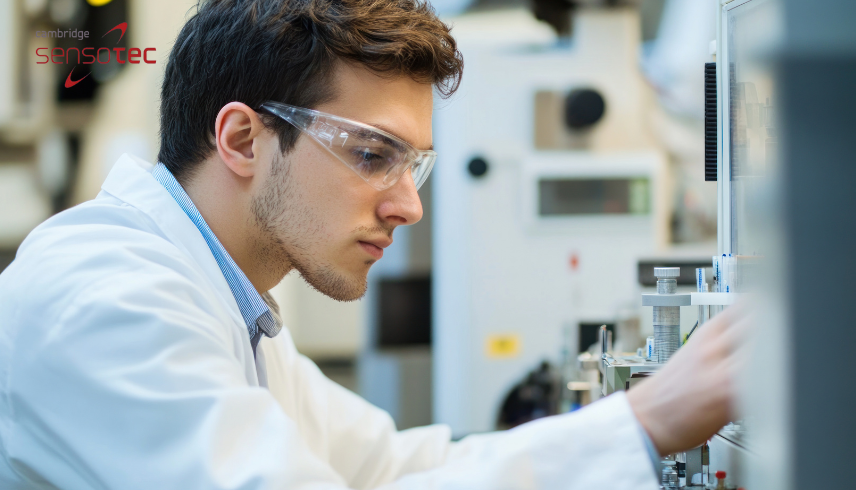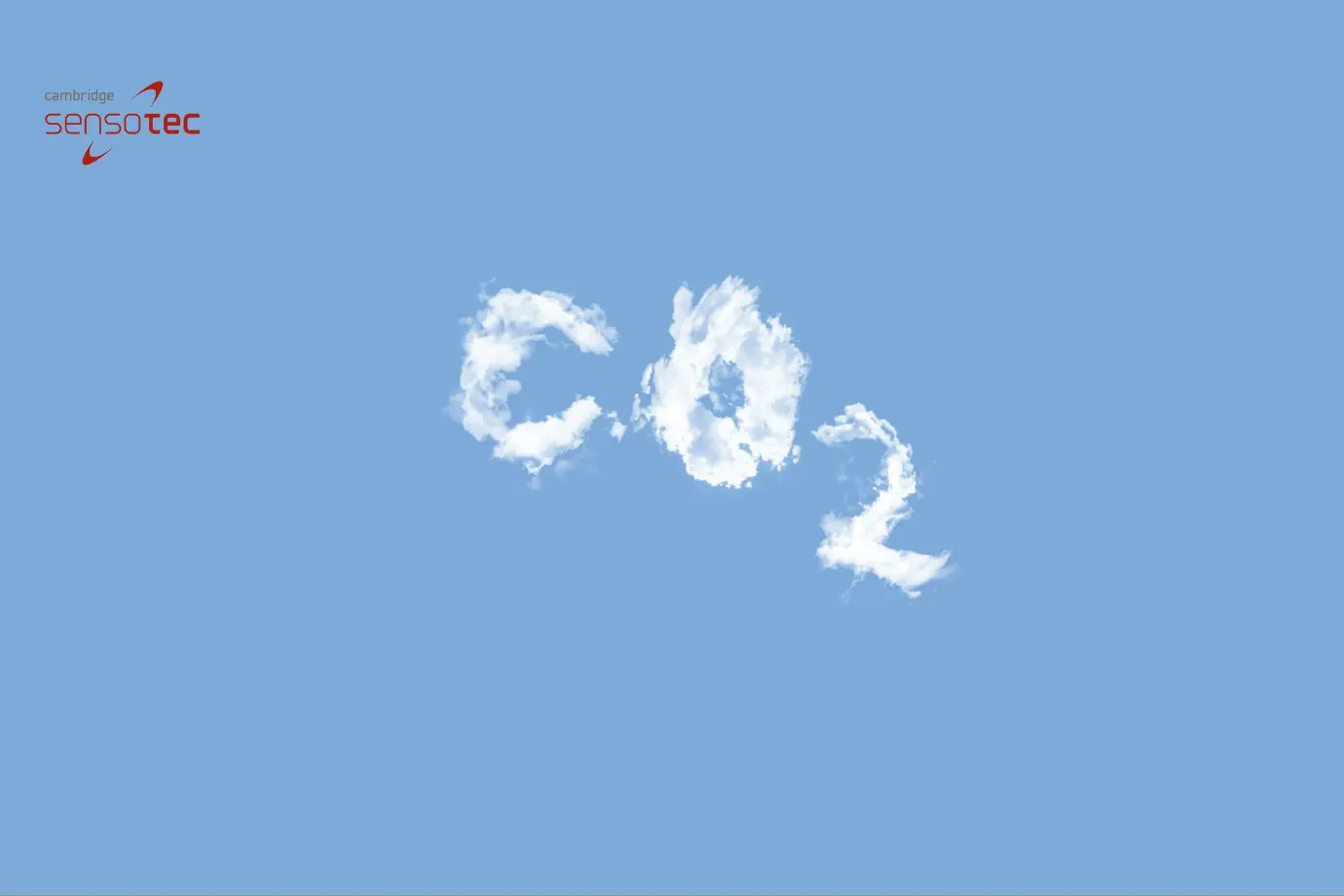

How To Measure Carbon Dioxide Emissions
Introduction
Carbon dioxide (CO2) emissions are a significant contributor to global climate change, and understanding how to measure them accurately is crucial for addressing their impact. Whether from natural processes or human activities, monitoring CO2 emissions is necessary to mitigate their effect on our environment. This article will explore various methods, tools, and techniques to measure carbon dioxide emissions, providing a comprehensive guide for businesses, policymakers, and individuals interested in reducing their carbon footprint.
Understanding Carbon Dioxide Emissions
To effectively measure carbon dioxide emissions, it is essential first to understand what they are and where they come from. Carbon dioxide is a colourless, odourless gas that is naturally present in Earth’s atmosphere as part of the carbon cycle. However, human activities have significantly increased its concentration, contributing to global warming and climate change.
Natural Sources of Carbon Dioxide Emissions
Natural sources of carbon dioxide emissions include processes that occur without human intervention. These sources play a vital role in the Earth’s carbon cycle:
- Volcanic Activity: Volcanoes release carbon dioxide stored in the Earth’s mantle into the atmosphere during eruptions. Although less frequent, these events can significantly contribute to CO2 levels.
- Respiration and Decomposition: Living organisms, including plants and animals, produce CO2 during respiration, and dead organic matter releases CO2 as it decomposes.
- Ocean Release: The oceans absorb and release CO2. Warmer waters release more carbon dioxide into the atmosphere, while cooler waters absorb it.
Human-Induced Sources of Carbon Dioxide Emissions
Human activities are the primary cause of increased carbon dioxide emissions over the past century. Key sources include:
- Fossil Fuel Combustion: The burning of coal, oil, and natural gas for electricity, heating, and transportation is the largest source of human-induced CO2 emissions.
- Industrial Processes: Certain industrial activities, such as cement production and steel manufacturing, emit significant amounts of carbon dioxide.
- Deforestation and Land Use Changes: Cutting down trees reduces the planet’s ability to absorb CO2, while land-use changes often involve burning vegetation, directly releasing CO2.
- Transportation: Vehicles powered by internal combustion engines (cars, trucks, airplanes) burn fossil fuels, emitting carbon dioxide as a byproduct.
Why Measure Carbon Dioxide Emissions?
Measuring carbon dioxide emissions is essential for several reasons:
- Impact on Global Warming and Climate Change: CO2 is a greenhouse gas that traps heat in the atmosphere, contributing to global warming. Understanding emission levels helps in formulating strategies to combat climate change.
- Regulatory Compliance and Environmental Policies: Governments worldwide have set regulations to limit CO2 emissions. Accurate measurement is necessary for compliance with these laws and policies.
- Corporate Social Responsibility and Sustainability Goals: Many companies are committed to reducing their carbon footprint as part of their sustainability goals. Measuring emissions allows them to track progress and make informed decisions.
- Data for Scientific Research and Policy-Making: Accurate data on CO2 emissions is crucial for scientific research, helping to develop models and predict future climate scenarios.
Methods for Measuring Carbon Dioxide Emissions
There are several methods for measuring carbon dioxide emissions, each with its advantages and applications. These methods can be broadly categorised into direct and indirect measurement techniques.
Direct Measurement Techniques
Direct measurement techniques involve measuring carbon dioxide levels in the atmosphere or emissions directly from the source.
Infrared Gas Analysers (IRGA)
Infrared Gas Analysers (IRGA) measure the absorption of infrared light by CO2 molecules in a gas sample. The amount of light absorbed is proportional to the concentration of CO2, providing a direct and accurate measurement. IRGAs are commonly used in laboratories and field studies due to their high precision and reliability.
One of the most cost-effective and versatile options for measuring CO2 using infrared technology is the Rapidox 1100-A Carbon Dioxide Gas Analyser. This analyser is equipped with an infrared (IR) CO2 gas sensor, providing fast and accurate analysis over a range from 0-500 ppm to 0-100% CO2. The Rapidox 1100-A is particularly suitable for aggressive industrial applications, including those involving flammable gases like hydrogen, helium, argon, and VOCs, provided that the sample gas is filtered for dust and particles and is non-condensing. Its versatility makes it an excellent choice for various industrial environments where precise and reliable CO2 measurement is critical.
Non-Dispersive Infrared (NDIR) Sensors
NDIR sensors are a type of IRGA that use a specific wavelength of infrared light absorbed by CO2. These sensors are widely used in both portable and stationary CO2 monitors. NDIR sensors are favoured for their robustness, low maintenance requirements, and suitability for continuous monitoring in various environments.
Chemical Absorption Methods
Chemical absorption methods involve passing a gas sample through a solution that absorbs CO2, changing the solution’s properties. The change is then measured to determine the concentration of carbon dioxide. These methods are useful for spot-checks and applications where high precision is required.
Indirect Measurement Techniques
Indirect measurement techniques estimate CO2 emissions based on other measured variables, such as fuel consumption or activity data.
Mass Balance Method
The mass balance method calculates emissions by accounting for the input and output of carbon-containing materials in a process. For example, the CO2 emitted during combustion can be estimated by knowing the amount of fuel burned and its carbon content. This method is widely used in industrial settings where direct measurement may be impractical.
Emission Factor Approach
The emission factor approach uses predetermined factors that estimate the amount of CO2 produced per unit of activity, such as per litre of fuel consumed or per tonne of cement produced. These factors are based on extensive research and testing. This method is relatively straightforward and cost-effective, making it popular for regulatory reporting.
Remote Sensing Techniques
Remote sensing involves measuring CO2 concentrations from a distance using satellites or ground-based sensors. These techniques are valuable for monitoring large areas and providing comprehensive data on regional or global CO2 levels. While less precise than direct methods, remote sensing is useful for identifying trends and patterns over time.
Tools and Equipment for Measuring Carbon Dioxide Emissions
Several tools and equipment are available for measuring carbon dioxide emissions, each suited to different methods and environments.
Portable CO2 Monitors
Portable CO2 monitors are compact devices that measure carbon dioxide levels in the air. They are ideal for spot-checks, mobile applications, and situations where flexibility is required. These monitors often use NDIR sensors and provide quick and reliable readings.
Fixed-Point CO2 Analysers
Fixed-point CO2 analysers are installed in a specific location to provide continuous monitoring of carbon dioxide levels. These devices are commonly used in industrial settings, such as factories or power plants, where ongoing data collection is crucial for compliance and safety. Proper installation and regular maintenance are essential to ensure accurate measurements.
Continuous Emission Monitoring Systems (CEMS)
Continuous Emission Monitoring Systems (CEMS) are sophisticated setups that measure and record emissions from industrial sources in real time. CEMS typically use a combination of direct measurement techniques, such as NDIR sensors, and are required for regulatory compliance in many jurisdictions. They provide detailed data that can be used for both operational optimisation and environmental reporting.
Steps to Measure Carbon Dioxide Emissions Accurately
Accurate measurement of carbon dioxide emissions requires careful planning and execution. Here is a step-by-step guide to ensure reliable results:
Step-by-Step Process
- Preparing for Measurement: Conduct a site analysis to determine the best location for measurement. Consider factors such as emission source, environmental conditions, and accessibility.
- Choosing the Appropriate Method and Tools: Select the most suitable measurement method and equipment based on the specific requirements of the site and the type of emissions under measurement.
- Calibration and Quality Assurance of Equipment: Ensure all equipment is correctly calibrated and undergoes regular quality assurance checks to maintain accuracy.
- Data Collection and Recording Procedures: Follow standardised procedures for data collection to minimise errors. Record all data systematically for future analysis.
- Data Analysis and Interpretation: Analyse the collected data using appropriate statistical methods and software tools to interpret the results accurately.
Common Challenges and Solutions
- Calibration Errors and Maintenance Issues: Regular calibration and maintenance of equipment are essential to avoid errors. Develop a maintenance schedule and train personnel to handle equipment properly.
- Environmental Variables Affecting Measurements: Factors such as temperature, humidity, and atmospheric pressure can impact measurements. Use correction factors or controls to account for these variables.
- Best Practices for Overcoming Challenges: Standardising measurement protocols, conducting regular training, and implementing robust quality control measures can help mitigate common challenges.
Interpreting and Analysing CO2 Emission Data
Interpreting and analysing CO2 emission data is crucial for understanding its implications and making informed decisions.
Data Analysis Techniques
Use statistical methods such as regression analysis and time-series analysis to examine emission trends and patterns. Software tools like R, Python, or specialised environmental analysis software can help automate data analysis and improve accuracy.
Reporting and Communicating Results
Create clear and concise reports that highlight key findings and trends in CO2 emissions. Use visual aids like graphs and charts to make data more accessible to stakeholders. Effective communication of results is essential for transparency and decision-making.
Recap
Measuring carbon dioxide emissions is crucial for understanding their impact on our environment and developing strategies to reduce them. By using accurate measurement techniques, tools, and technologies, such as the Rapidox 1100-A Carbon Dioxide Gas Analyser, we can better manage and mitigate the effects of CO2 emissions. Businesses, policymakers, and individuals all have a role to play in reducing carbon footprints and ensuring a sustainable future.
Frequently Asked Questions (FAQs)
How accurate are current methods for measuring CO2 emissions?
Current methods can be highly accurate, especially with proper calibration and maintenance. However, the accuracy may vary depending on the technique and equipment used.
What is the difference between direct and indirect measurement techniques?
Direct measurement techniques measure CO2 concentrations directly, while indirect techniques estimate emissions based on other variables, such as fuel consumption.
How often should You Measure CO2 Emissions In Industrial Settings?
The frequency of measurement depends on regulatory requirements, the nature of the emissions source, and the specific goals of the measurement. Continuous monitoring is often a requirments for large industrial sources.


